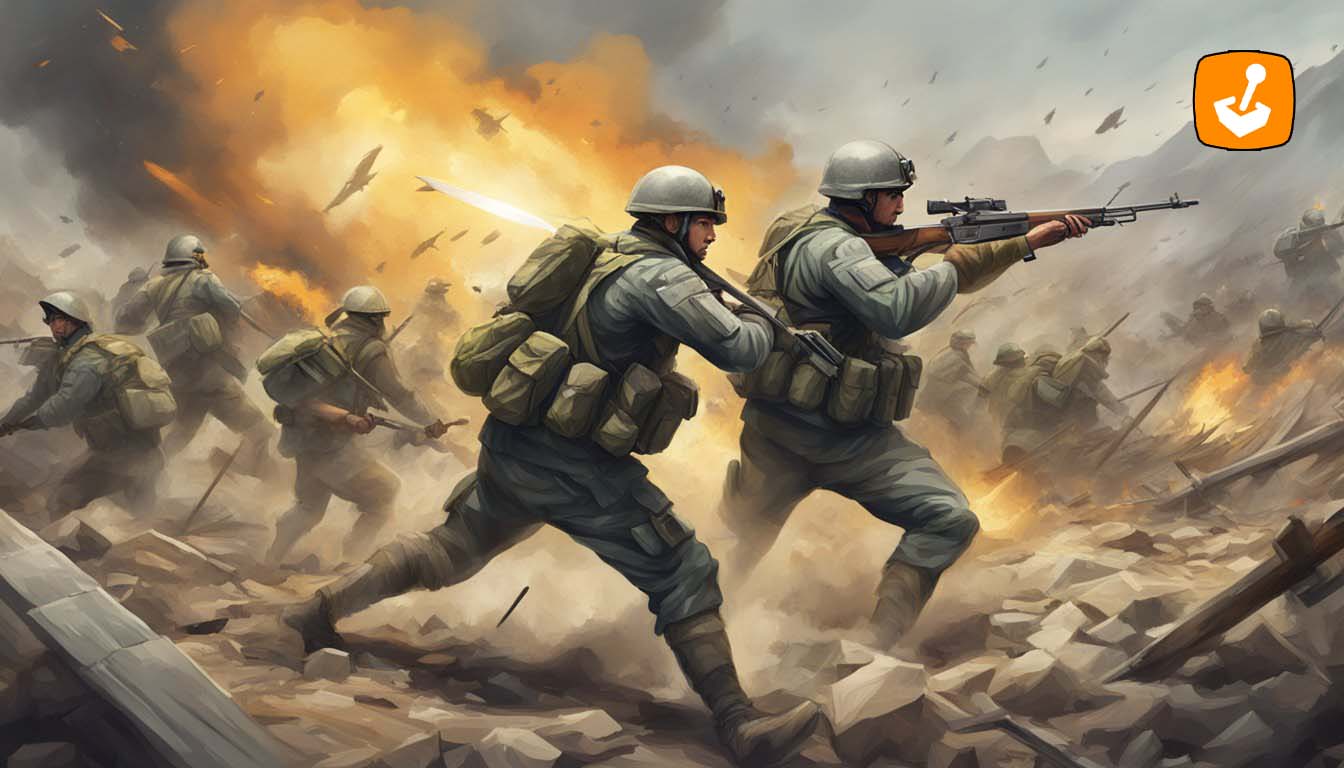Understanding CS2 (CSGO) Rank System: A Comprehensive Guide to Competitive Rankings
Published:
Posted in CS2 General#skincade— 3 min read
The CS2 ranking system is an important part of competitive gameplay, helping players understand where they stand among their peers. This new system includes 18 ranks across six tiers, offering a clear path for improvement and growth in gaming skills. Each player's rank can change based on their performance, which includes not just wins and losses but also in-game actions like kills and assists.
Players transitioning from CS will notice some key differences in how ranks are determined in CS2. The game uses a map-based ranking system, meaning skills can differ from one map to another. For example, a player might excel on one map but struggle on another, leading to varying ranks depending on the location.
Understanding how the CS2 ranking system works can help players set realistic goals and track their progress effectively. It allows players to engage with the game on a deeper level and strive for continuous improvement, making it a vital aspect of the CS2 experience.

Breaking Down the CS2 Rank System
The CS2 rank system plays a crucial role in competitive play, guiding players through various ranks based on their skill and performance. It is essential to grasp how ranks are structured and how performance affects a player's standing.
The Basics of Ranks and Matchmaking
In CS2, ranks are classified from Silver I to Global Elite. There are 18 ranks divided into tiers. Players are matched based on their matchmaking rating (MMR), which influences game pairing.
When players compete, their performance in matches impacts their rank. Winning games helps to increase their MMR, while losses can lower it. The system ensures that players face opponents with similar skills, promoting balanced competition. This balance is crucial for an engaging experience.
Understanding Rank Distribution and Tiers
The rank distribution in CS2 is carefully designed to reflect player skills. Players can find themselves in one of several tiers, including Silver, Gold Nova, Master Guardian, and more. Each tier represents different skill levels.
For example:
- Silver: Beginners still learning the game.
- Gold Nova: Players who have developed basic strategies.
- Master Guardian: Intermediate players with advanced skills.
- Global Elite: The very top tier, showcasing the best players in the game.
These tiers help organize players effectively, ensuring competition is fair and rewarding.
Factors Influencing Rank Changes
Several key factors influence rank changes in CS2. Individual performance is primary, including kills, deaths, and assists during matches. Consistent high performance leads to ranking up.
Wins and losses also significantly affect rank. A string of victories can catapult players up the rank ladder, while consecutive losses may hinder progress.
Additionally, players' placement matches set an initial rank. After these matches, their MMR will stabilize based on ongoing performance. Other aspects like teamwork and communication skills also play a role in determining rank fluctuations.
Strategies for Rank Progression in CS2
For players looking to advance their rank in Counter-Strike 2, focusing on both individual skills and teamwork is essential. Understanding the map-specific ranking system will also help players efficiently navigate the competitive environment.
Improving Individual Skills and Gameplay
To climb the ranks, players must hone their individual skills. This includes improving aim, reaction time, and overall game sense. Regularly practicing shooting in aim maps can significantly enhance accuracy.
Players should also spend time studying different weapons and their spray patterns. Knowing when to use specific weapons can turn the tide in matches.
Additionally, players should watch their gameplay recordings to identify mistakes. Analyzing performance helps to recognize patterns and areas needing improvement. Focusing on individual stats, such as kills per round, can guide players toward specific skills to enhance.
Maximizing Teamwork and Communication
Effective communication is critical in CS2. Players should use voice chat or text to relay information about enemy positions, strategies, and plans. Clear and concise calls can lead to better coordinated attacks and defenses.
Moreover, players should establish roles within the team. Assigning specific tasks helps to optimize each player's strengths. For example, designating a player as a sniper allows others to cover objectives.
Practicing teamwork through scrims can build chemistry. Familiarity with teammates' play styles leads to improved synergy, enhancing overall performance. Teams that communicate well often perform better in competitive matches.
Understanding Map-Specific Ranking Systems
CS2 uses a map-based ranking system, which requires a strong understanding of each map's designs and strategies. Players should focus on practicing on different maps like Dust II and Inferno to improve map knowledge.
Knowing common spots for engagements and utilizing effective smoke placements can create opportunities. Players should also learn the unique aspects of maps to anticipate enemy movements.
Players can strategically select maps during ranked matches. Focusing on maps they excel in can maximize chances of winning placement matches. Developing expertise in map-specific tactics ultimately leads to faster rank progression.
About the Author
We're the head of research at Skincade.com with 5+ years of experience. We write about CS2 strategies, game mechanics, bugs, and pro games based on our research and engagement in the CS2 community.
- 10+ Years of experience
Skincade CS2 articles come from extensive hands-on gameplay and testing.
We deliver fact-checked, detailed content to help players understand game mechanics and improve skills.
- Authority and trust
Skincade provides accurate CS2 guides with clear steps and practical examples for all skill levels.
Join our growing community of CS2 players who use our expert insights daily.
See our Editorial Policy.





